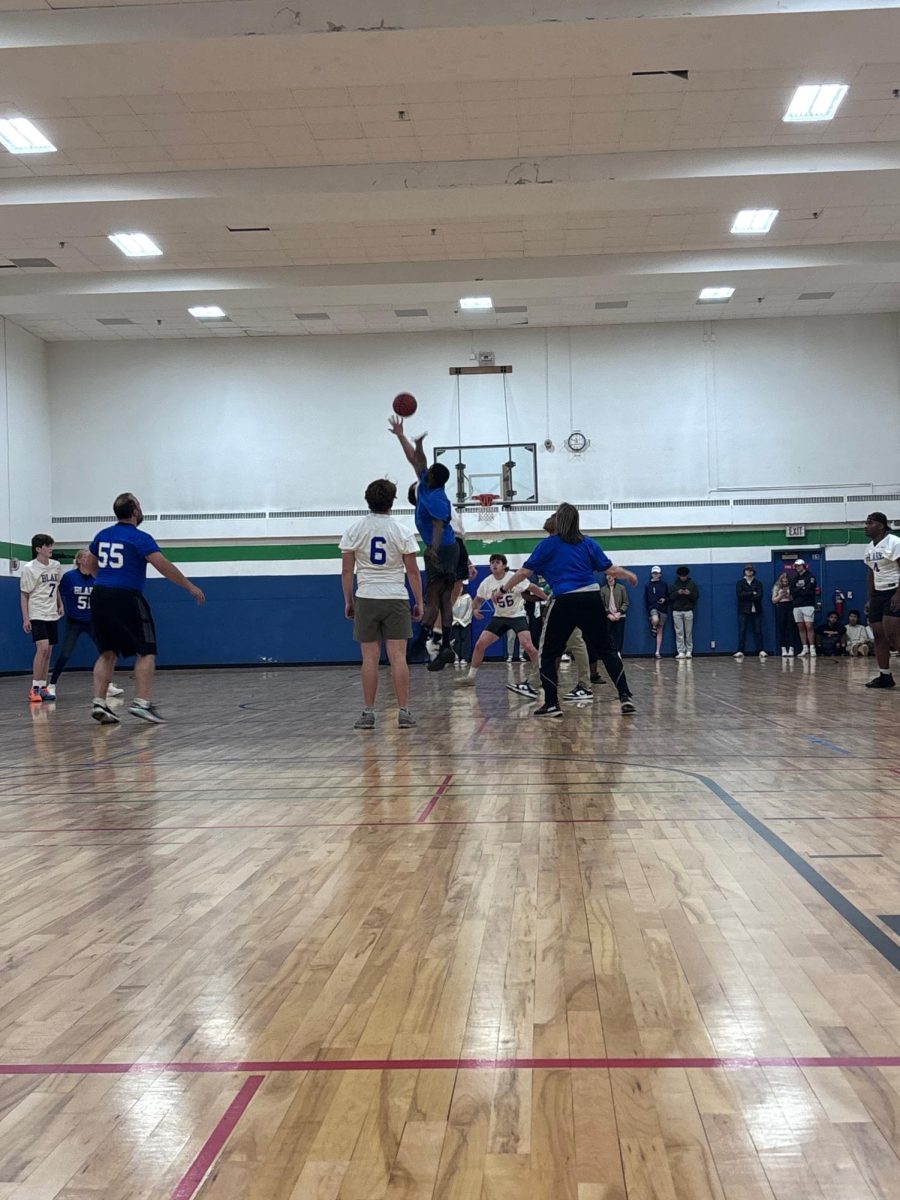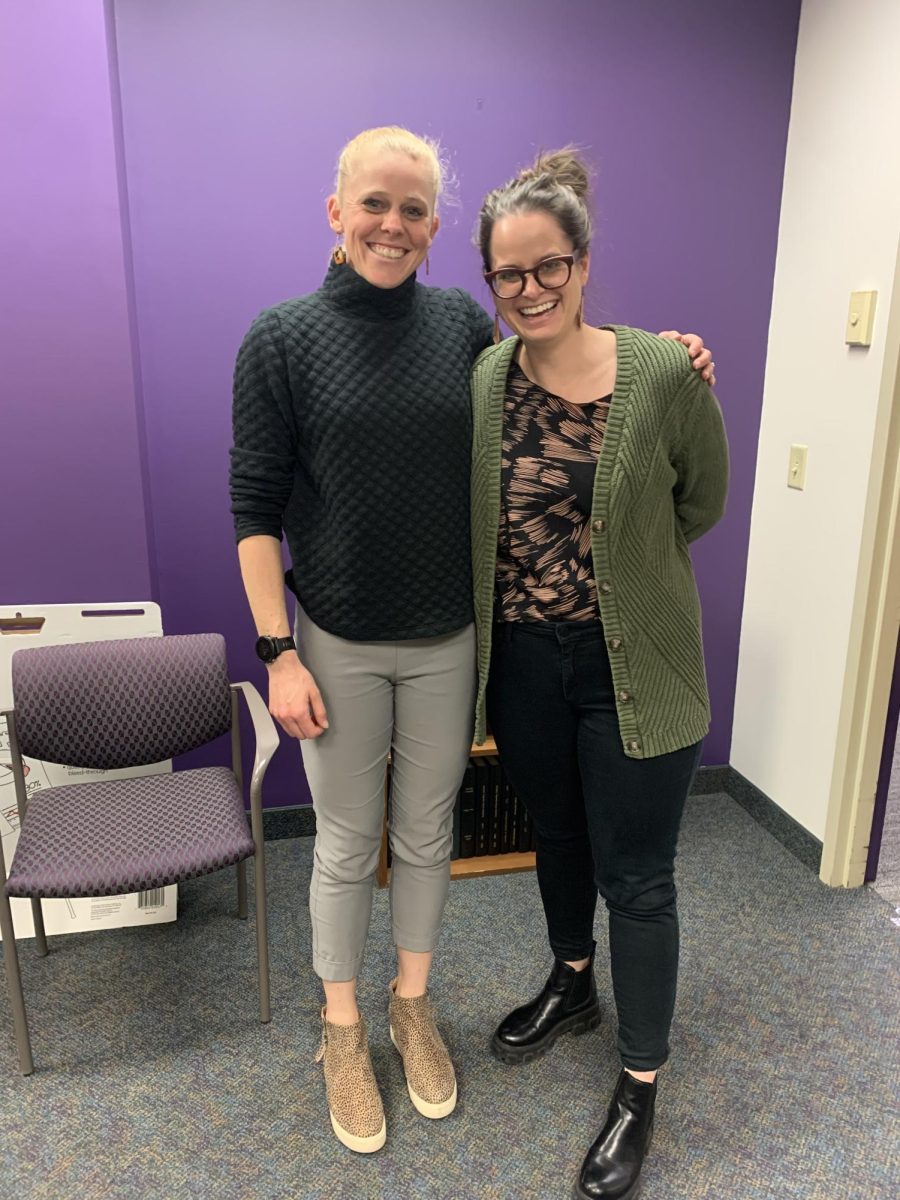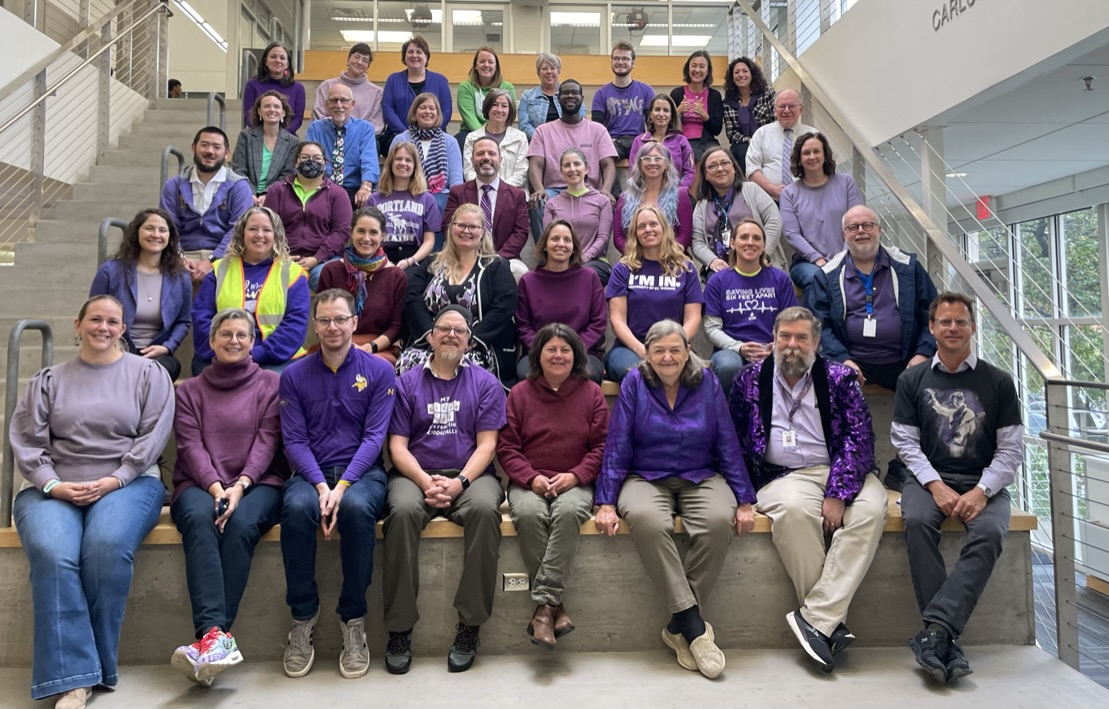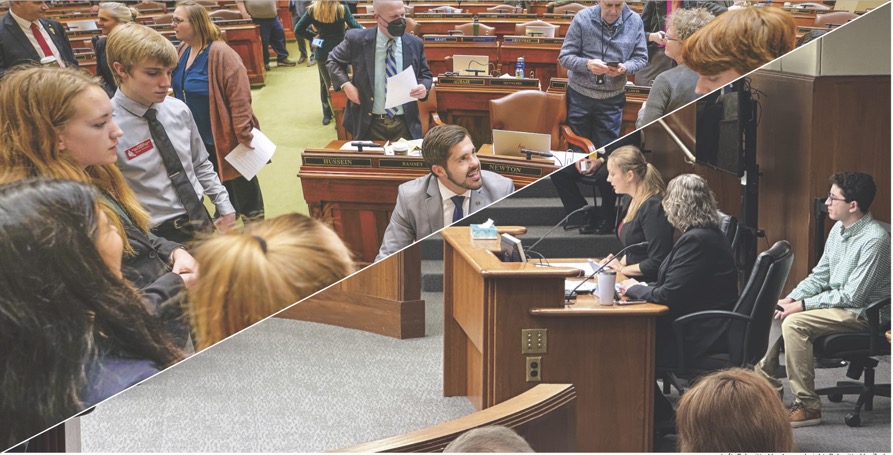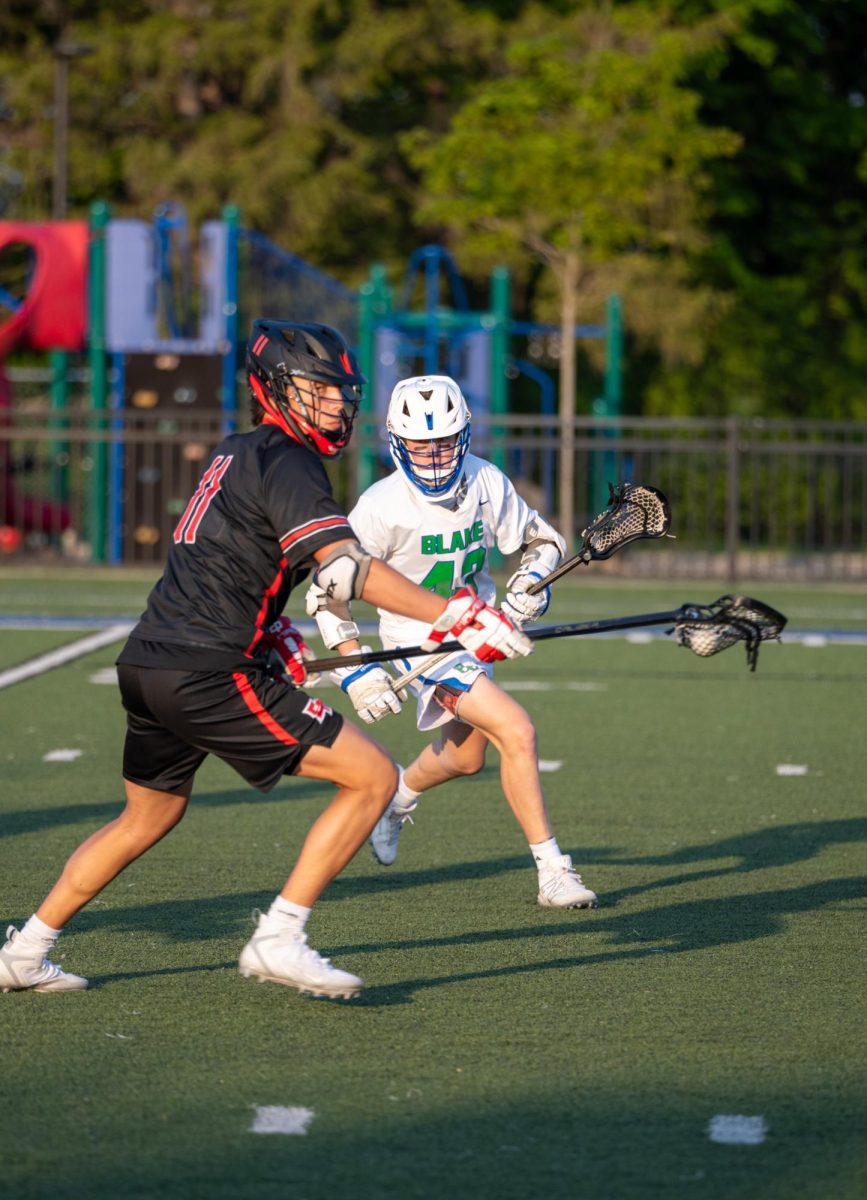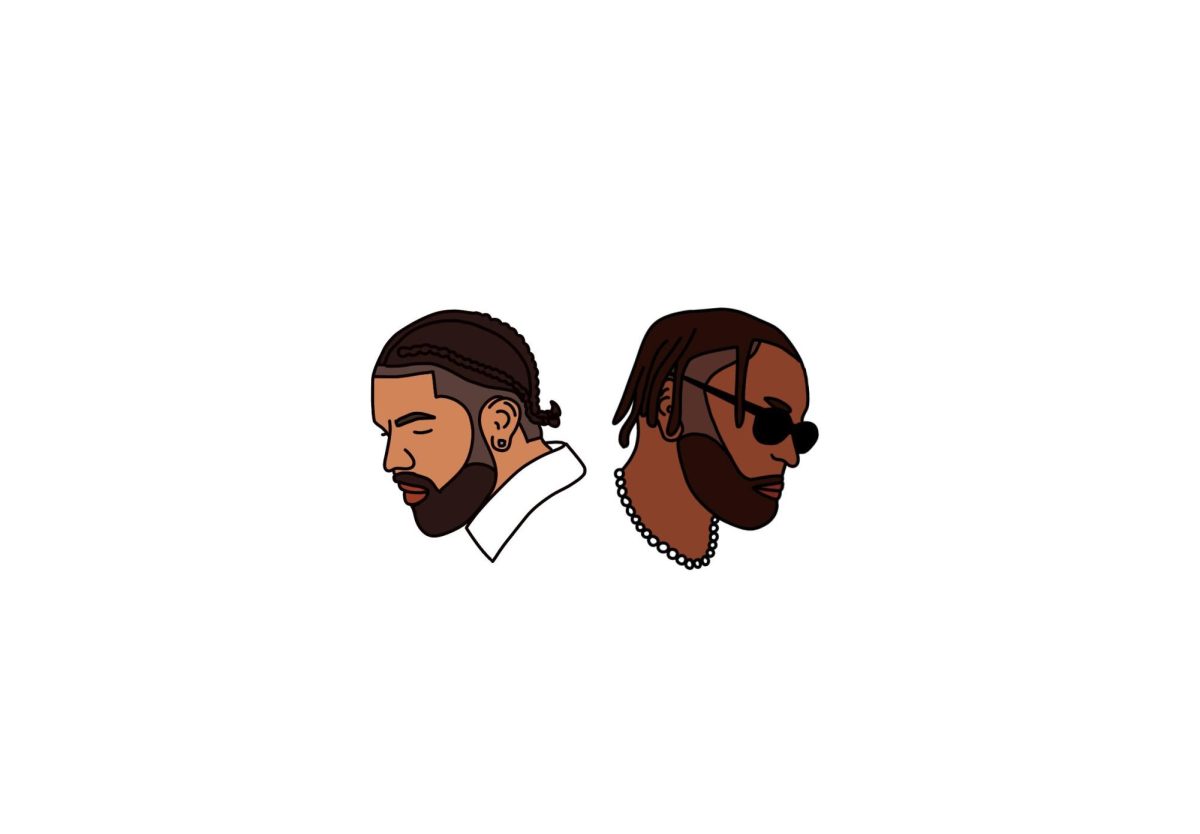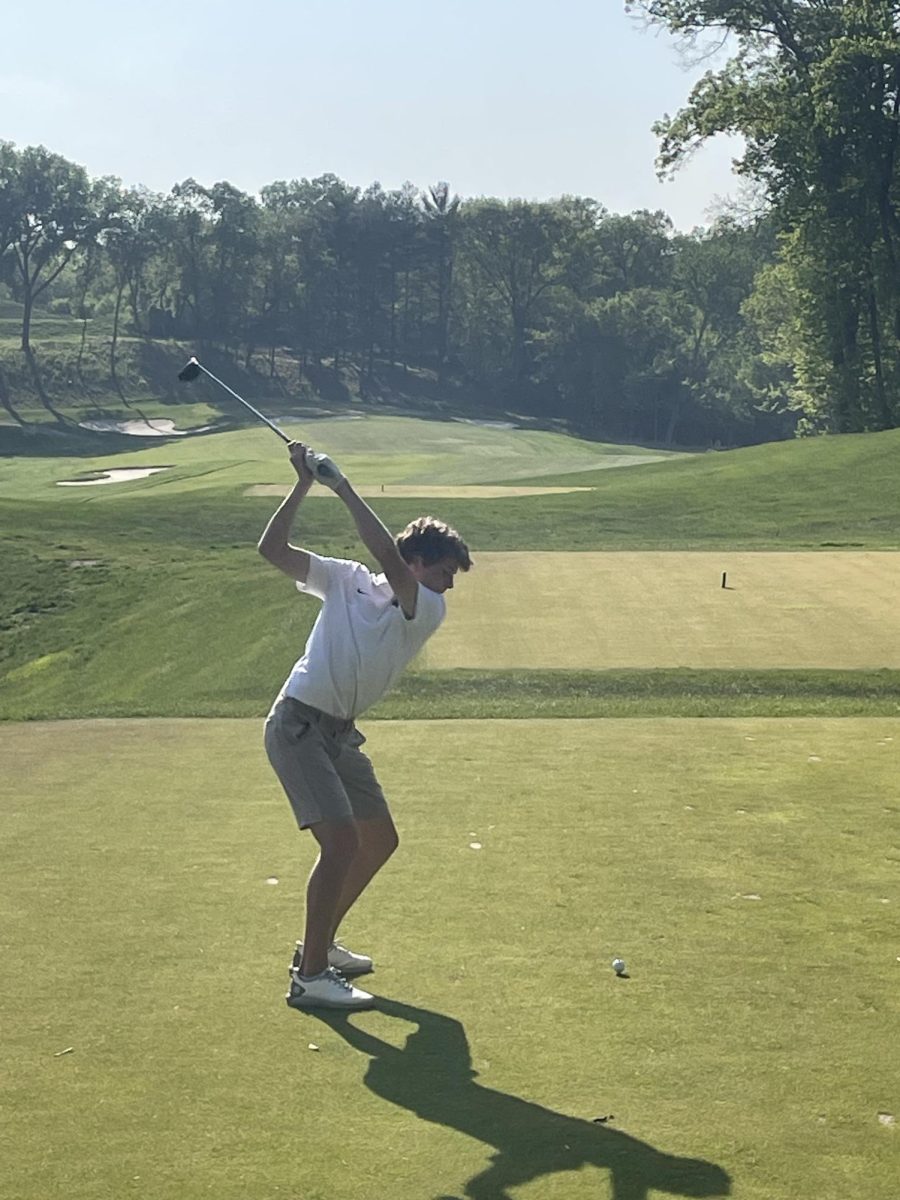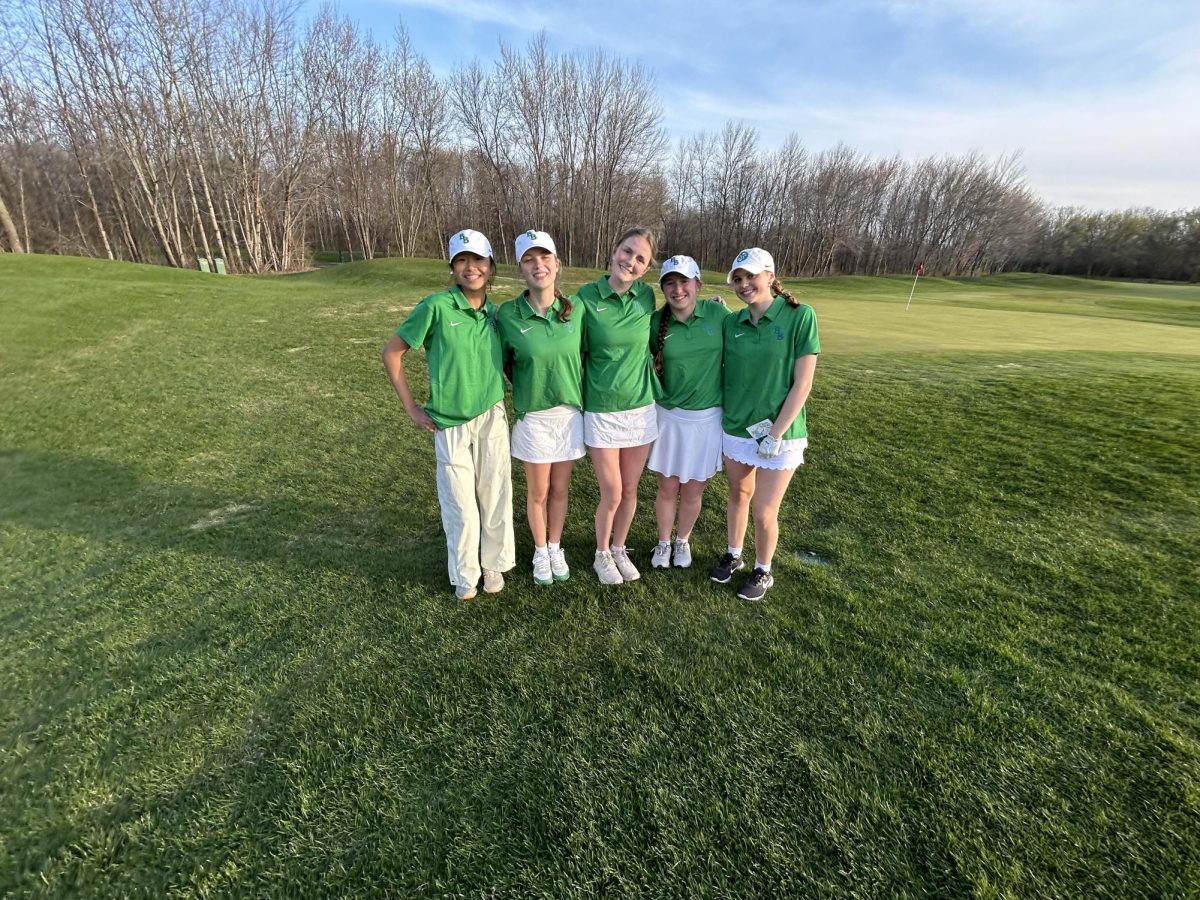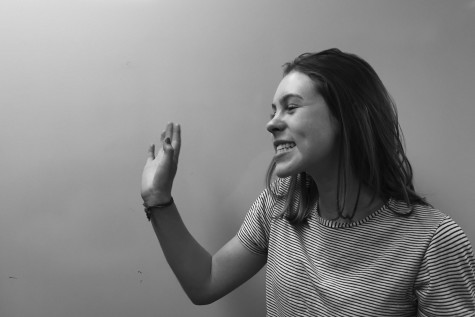On August 9, 2014, Ferguson, Missouri police officer Darren Wilson fatally shot Michael Brown, an unarmed black teenager. On November 24, St. Louis Prosecutor Robert McCulloch announced the grand jury decision not to indict Wilson, after evide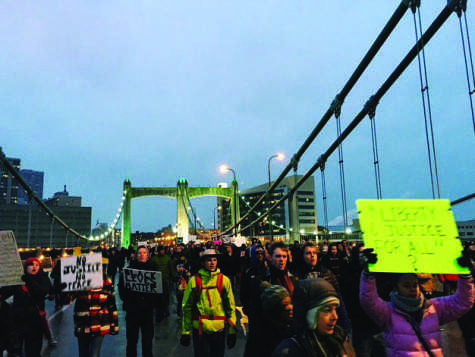
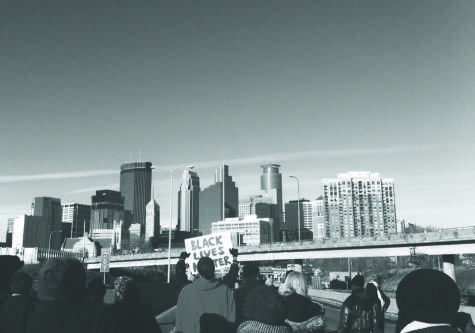 nce was released showing that the officer had potentially acted out of self-defense. Nevertheless, this decision sparked controversy among citizens nationwide, prompting protests throughout the country. On Tuesday, November 25, the day after the grand jury decision was released to the public, hundreds of citizens flooded the streets of the University of Minnesota campus and the Third Precinct Police Station in south Minneapolis.
nce was released showing that the officer had potentially acted out of self-defense. Nevertheless, this decision sparked controversy among citizens nationwide, prompting protests throughout the country. On Tuesday, November 25, the day after the grand jury decision was released to the public, hundreds of citizens flooded the streets of the University of Minnesota campus and the Third Precinct Police Station in south Minneapolis.
A group of Blake students took part in these protests to fight “against a system that made it okay for a cop to not be convicted for killing a black citizen,” as stated by Norah Mortenson ‘16. “It’s part of me to be an ally to my friends of color and [to] recognize my white privilege. Everything with Mike Brown and police brutality is evident injustice,” notes Isabel Norsten ‘16.
After protests broke out around the country, the protests in Ferguson turned violent. The Minneapolis protests, however, remained peaceful. Mortenson shares, “Every once in a while everyone would lay down. People were chanting, people were singing. There were a lot of people walking with their hands up to show solidarity for Michael Brown.” The police were present at the protests for safety and Norsten affirms “there was no pushback. The protest didn’t get violent.”
Liza Smirnitsky ‘16 adds, “[The police] were helping with blocking off roads.” Most of the time, the policemen stood “off to the side – it seemed that some were in support, but some were also just there for their job,” Madison Ethen ‘15 observed.
The rallies were simply one way people expressed their feelings towards the grand jury decision. Mortenson states, “At the very beginning, somebody drove their car into the protests and hit protesters, ran one of them over and drove away. That worried me but when I got there I saw that the spirit of the protesters was absolutely non-violent.”
Although protesters no longer line the streets, they successfully raised nationwide awareness regarding police brutality. For many consecutive days following the Minneapolis protests, neighborhood groups led meetings and discussions in downtown Minneapolis, attempting to harness the anger many people were feeling. For some, the protests represented a mission to acquire body cameras for all police officers. Body cameras would require police to be accountable for their actions and shield officers from unsupported accusations. Thirty-six officers have already volunteered to wear the recording devices, but they are not yet mandatory and police can decide when to turn them on or off.
The protests certainly strengthened many protesters’ feelings to work to end police brutality, as many individuals who participated in the protests remarked on the empowering experience. Norsten remarks, “It was incredible to see how many people are active and caring [about this issue]. It made me want to continue participating in protests. This issue isn’t going to go away in a short time, but it’s important to take action now. I looked behind me and there were [hundreds] of people, which was a really powerful message.” Ethen agrees, saying that she “[heard] a lot of personal stories concerning police brutality throughout the crowd, which was very empowering.” Norsten concludes, “[The protests] were a way to ask for help and demand for action… We brought visibility and awareness to everything that happened in Ferguson, Missouri.”



